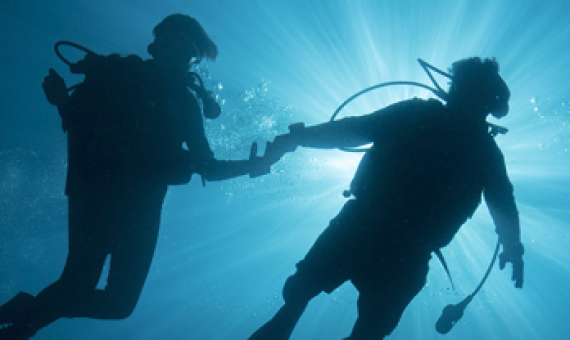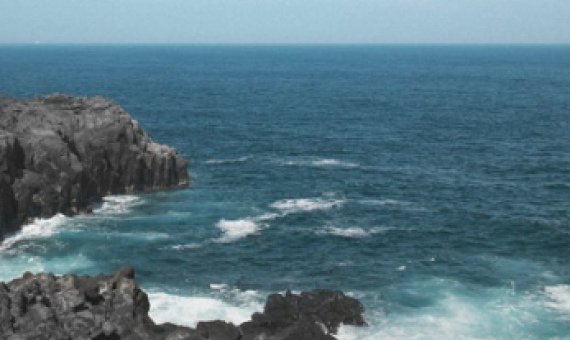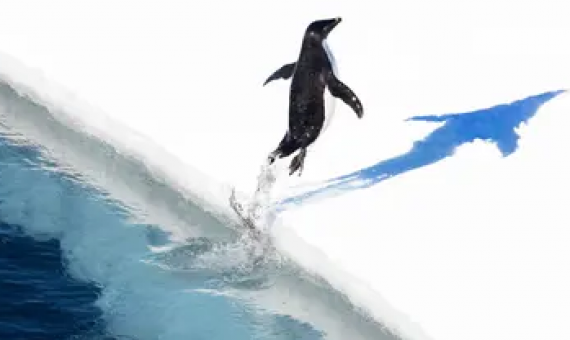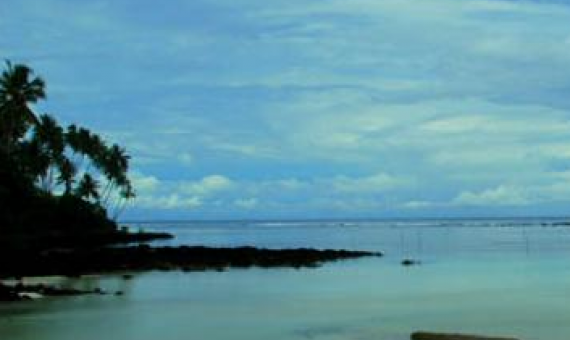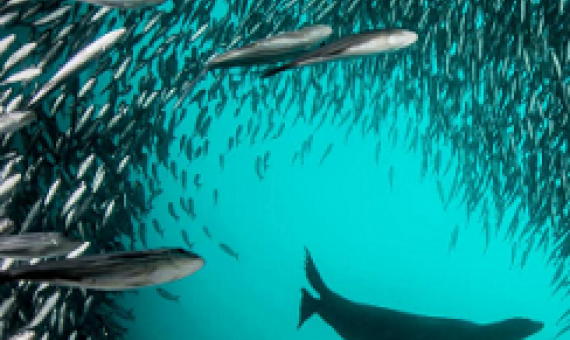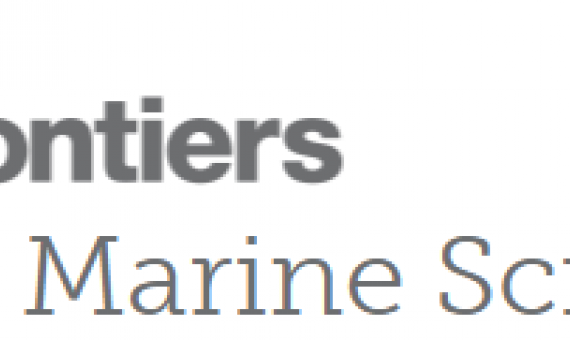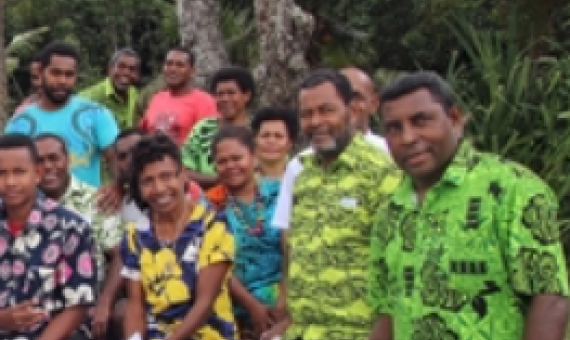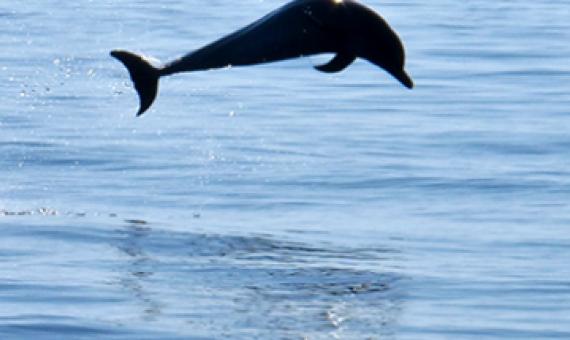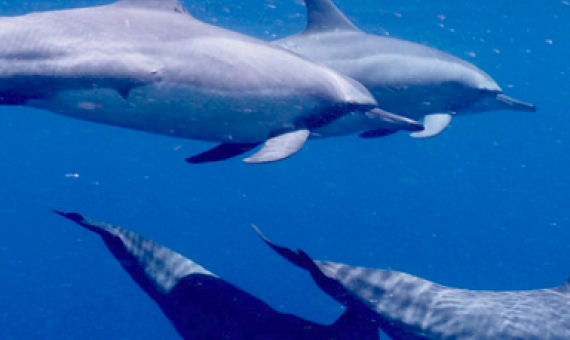Our region also has a total of 346 marine protected areas.
Mission Blue last month conducted a Hope Spot expedition to Palau, where expedition members met with President Thomas Remengesau Jr. and talked about his efforts to establish a marine protected area in 80 percent of the waters around the South Pacific island nation.
Efforts made thus far by the federal government to conserve marine biodiversity have focused on quantity, rather than quality, says a new research paper. Click on the link below to read the full article.
A record surge in the creation of marine protected areas has taken the international community close to its goal of creating nature refuges on 17% of the world’s land and 10% of seas by 2020, according to a new UN report. Click on the link below to read the full article.
Around 15% of the world’s terrestrial area is better safeguarded by conservation measures, as well as over 7% of the world’s oceans, ensuring the world is on track to meet important conservation targets, according to the latest Protected Planet Report.
A new report from major international conservation groups found protected areas need to be better enforced and monitored. Click on the link below to read the full article.
This assessment provides a blueprint for efficient gains in marine conservation through the extension of the current MPA system in the CT region. Moreover, similar data could be compiled for other regions, and globally, to design ecologically representative MPAs.
Known for its vibrant marine ecosystem, the Naiqoro Passage in Kadavu was recently gazetted and launched as a marine protected area (MPA). Click on the link below to read the full article.
A case study from West Papua, Indonesia, reports that, since MPA establishment, the average increase in live coral cover is 12 percent across the MPAs. Click on the link below to read the full article.
Papua New Guinea has announced its commitment to creating 7,500 square kilometers of marine protected areas in the Bismarck Sea by 2021. Click on the link below to read the full article.


